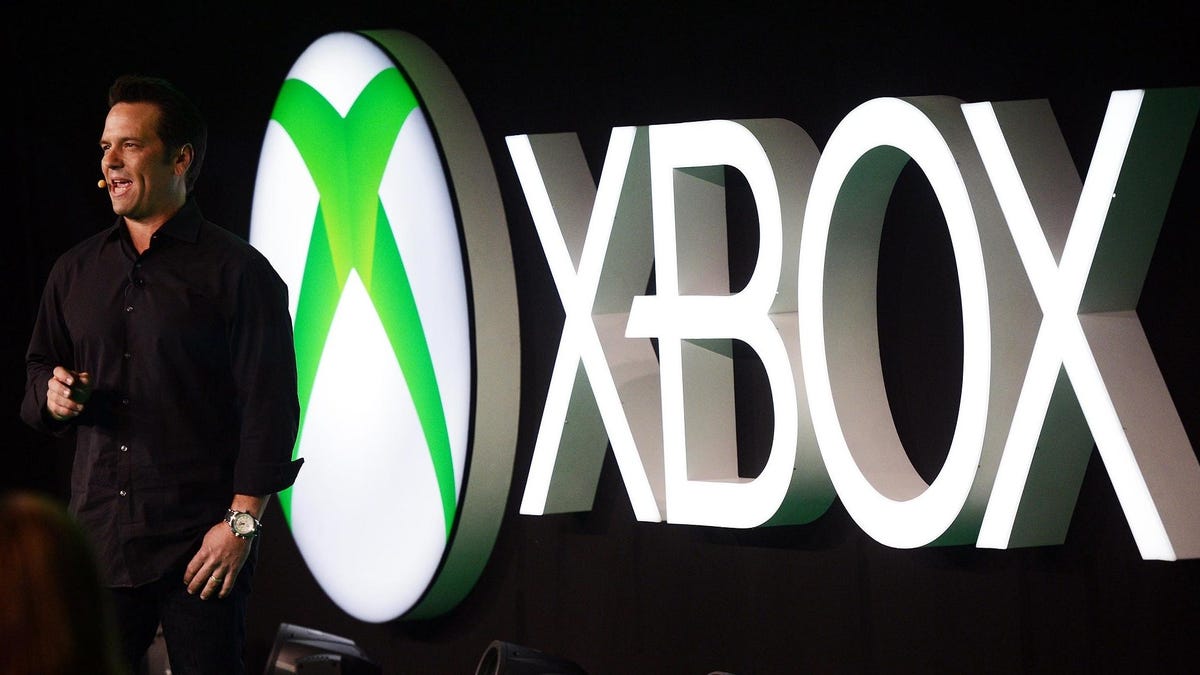Microsoft’s latest holiday marketing campaign is all about how you can play Xbox games even without the actual console. “This is an Xbox,” the slogan reads as it lists laptops, smartphones, VR headsets, and other platform-agnostic devices. But despite doubling-down on the virtues of “play anywhere,” the company is still committed to shipping new Xboxes in the future, even if it decided to skip the pricey PS5-Pro-style, mid-generation refresh.
“We’ll definitely do more consoles in the future, and other devices,” Microsoft Gaming CEO Phil Spencer told Rolling Stone in a new interview. While not shocking, the reassurance comes after this fall’s big holiday Xbox console exclusive, Indiana Jones and the Great Circle, announced a PS5 port coming just a few months later in the spring. The multiplatform push has had some fans doubting the platform’s future, especially when Spencer says things like there’s “no red line” when it comes to bringing first-party games to rival consoles, including the next Halo.
Xbox president Sarah Bond previously teased that Microsoft’s next Xbox would be the “largest technical leap” players have ever seen in a console generation. And this week Spencer confirmed that the company is working on a dedicated PC gaming handheld, though it’s still a few years off. Previous leaks pegged a new Xbox console coming in late 2026, and while plans can always change, it certainly sounds like Microsoft remains all-in on hardware for the next 5-10 years, even if the success of those devices isn’t ultimately propelled first and foremost by exclusive franchises like The Elder Scrolls and Gears of War.
And what of Microsoft skipping the mid-cycle refresh? Unlike last time when its Xbox Series X and the PS4 Pro went head-to-head, Sony’s spiffed-up, $700 gaming rig has launched uncontested this year. Spencer’s answer is that the improvements just don’t warrant an incremental update this time around. “We think about hardware that can create unique value for our players or creators on our platform,” he told Rolling Stone. “We don’t need to do incremental hardware for our own benefit.”
He continued, “Does a new device really give you a unique experience onscreen in some way? [It’s] less like the old days, going from the original Xbox to 360; that was standard definition to high definition. Now, [it’s] harder to show the benefits.” That echoed a comment he made to Bloomberg this week as well about reaching new audiences. “We’re not going to grow the market with $1,000 consoles,” Spencer said.
Those implied shots at the PS5 Pro come after months of debate about whether Sony’s second-most-expensive console ever seems worth it for slightly better resolutions at higher framerates. While experts and diehard enthusiasts are singing the praises of the device for improving games like Final Fantasy VII Rebirth, others have noted that even being a little too far away from the screen or dealing with daytime glare from windows all but cancels out that upgrade.
Of course, if Sony is struggling to showcase meaningful improvements with new hardware that’s $300 more than the all-digital PS5 was at launch, how exactly are we going to get the “largest technical leap you’ve ever seen” out of the next Xbox at an affordable price? Maybe machine learning, generative AI, and cloud computing, which Microsoft is currently all-in on, will provide a unique solution to that dilemma.

